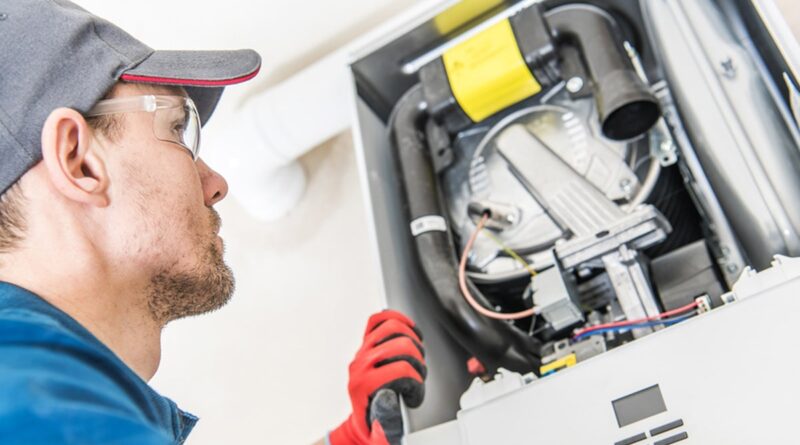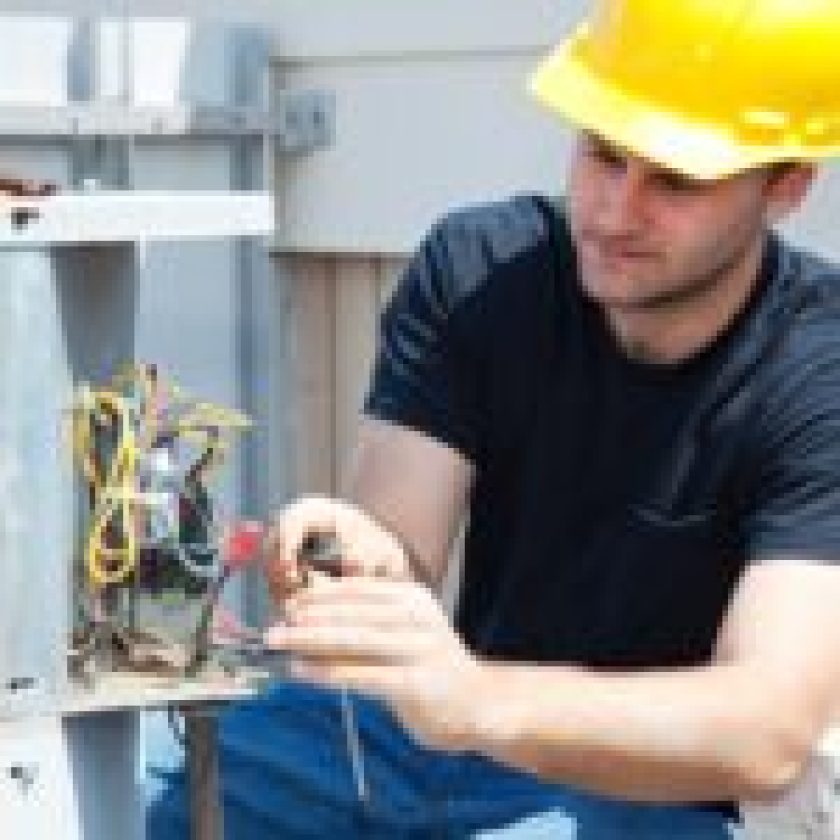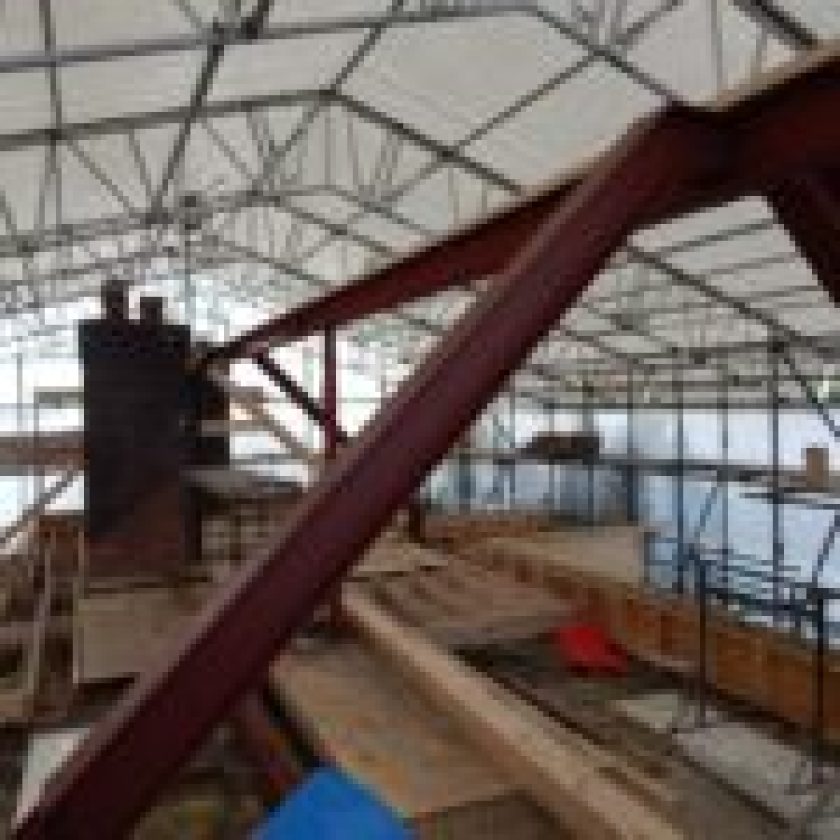Your furnace is the most used appliance in your home during colder months. It can keep you and your family warm and cozy when the outside temperature drops. A well-maintained furnace will help you cut your monthly energy bills, and it will also increase the life of your heating system by a few years. It needs to be checked every now and then for preventive maintenance and regular repair or replacement.
Winter use is often accompanied by a lot of wear and tear on your home’s furnace. However, there are a few things you can do to make sure it runs smoothly for as long as possible, and to help prevent any stranding cold situations should it decide to crash on you. The following are some common problems with furnaces in winter and steps you can take to remedy them.
Blocked airflow
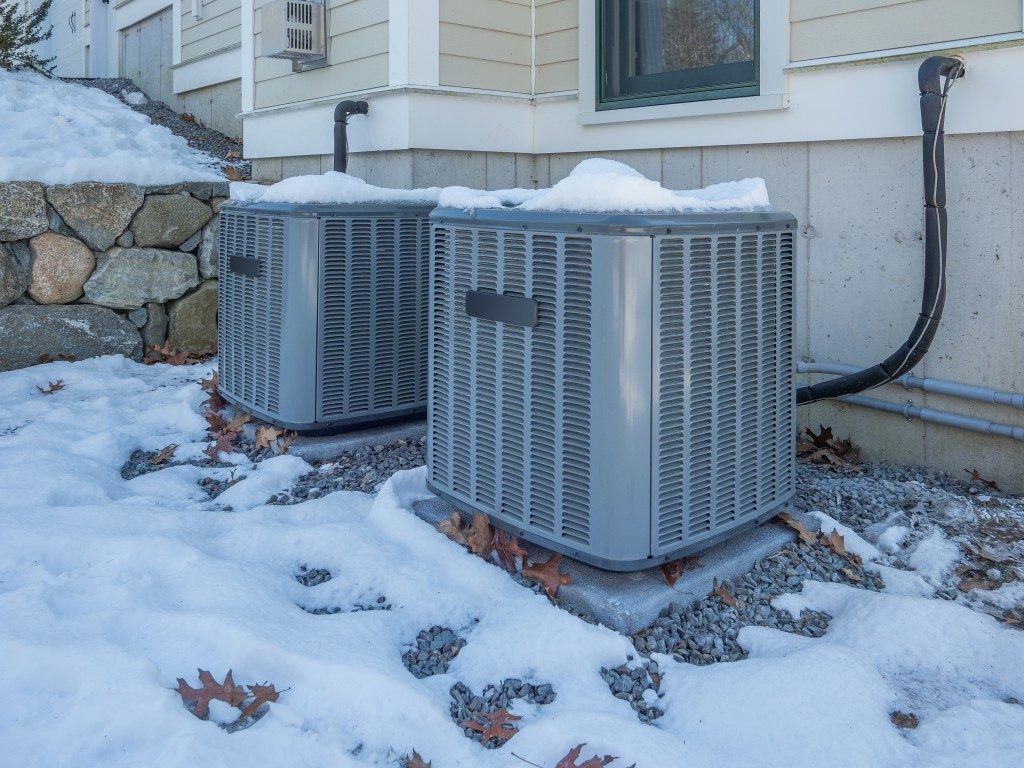
source: grizzlybearcafe.com
Blocked airflow is one of the most common problems during the winter season. As warm air is drawn into your furnace, it passes through a set of air filters designed to block out dirt and debris. If you notice that your registers are not delivering adequate heat to certain areas of your home or if specific rooms are noticeably colder than others, then chances are that something has blocked the filtration system.
Check your air filters to see if it needs cleaning or replacing. It would be ideal to change your air filters every 30 to 90 days. Another main cause of restricted airflow in your HVAC system is inadequate clearance around the unit. Clear the area around your furnace and avoid storing household items near or around it.
Malfunctioning thermostat
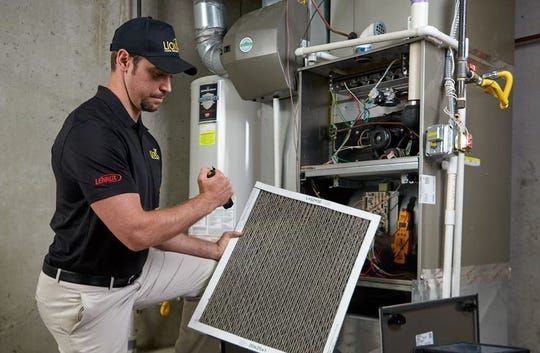
source: grandeairsolutions.com
A common furnace problem in winter is a furnace thermostat that has malfunctioned due to the cold temperatures. Instead of paying for expensive service calls, there are ways to test and troubleshoot the problem yourself. The first step is to check your thermostat to see if it is properly set. Next, replace the thermostat batteries with new ones. If your thermostat fails to function properly after following these steps, it is time to call a professional.
Frequent cycling
The short cycling furnace can be a frustrating problem. Short cycling occurs when the system burns through the heat quicker than it is being renewed by the furnace. The result of this is a colder house until it cycles. This can cause pipes to freeze and break. In very cold climates, problems with condensation or freezing can cause mold or structural damage to your home. The problem may be as simple as a bad safety switch and can be fixed easily and inexpensively.
Water leaks
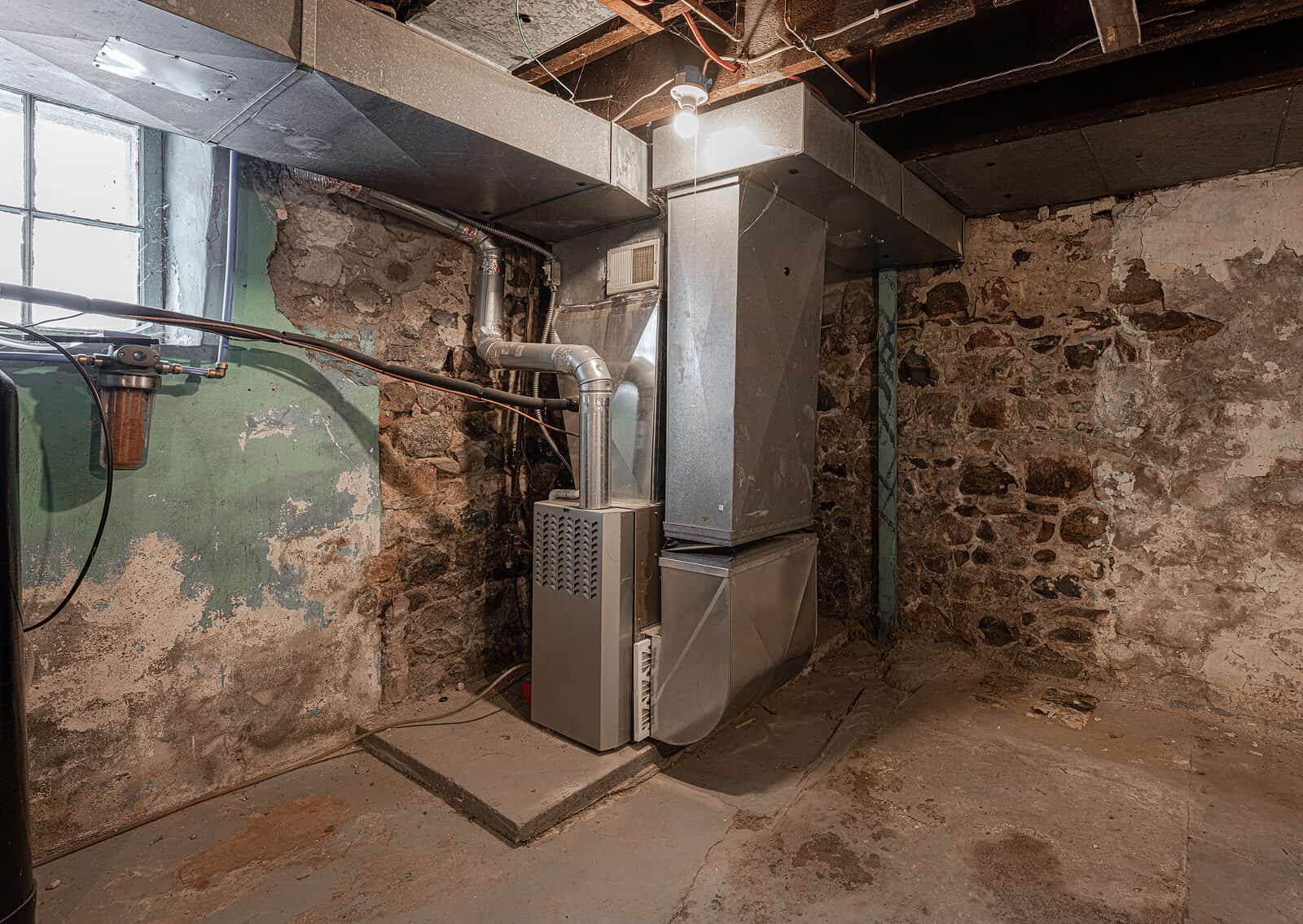
source: carrollplumbingva.com
In the winter, if your furnace is leaking water from the bottom, from the wall behind it, from under the unit itself, or from a pipe attached to it, you have a repair issue. Excess water inside your heating system could be caused by freezing water in the unit or a failed pump or leaky burner. When your furnace leaks in the winter, it can cause damage to your floors because of excess moisture in the air. It can also cause the circuit board inside your furnace to shut down, so you will not be able to turn it on.
Noisy operation
Fixing a noisy furnace is relatively easy, as long as you can diagnose the problem. Before you start repairing your furnace, you need to identify the type of noise it’s making. If your furnace is humming, chirping, or grinding, it’s usually caused by a motor problem. If you can hear the noise outside the furnace, it’s probably coming from the blower fan. If the rattling sound is coming from inside the duct and not quite so loud and constant, it’s probably your gas valve or flame sensor making noise—also due to a motor problem. You may need to make adjustments in your unit or replace parts.
Power issues
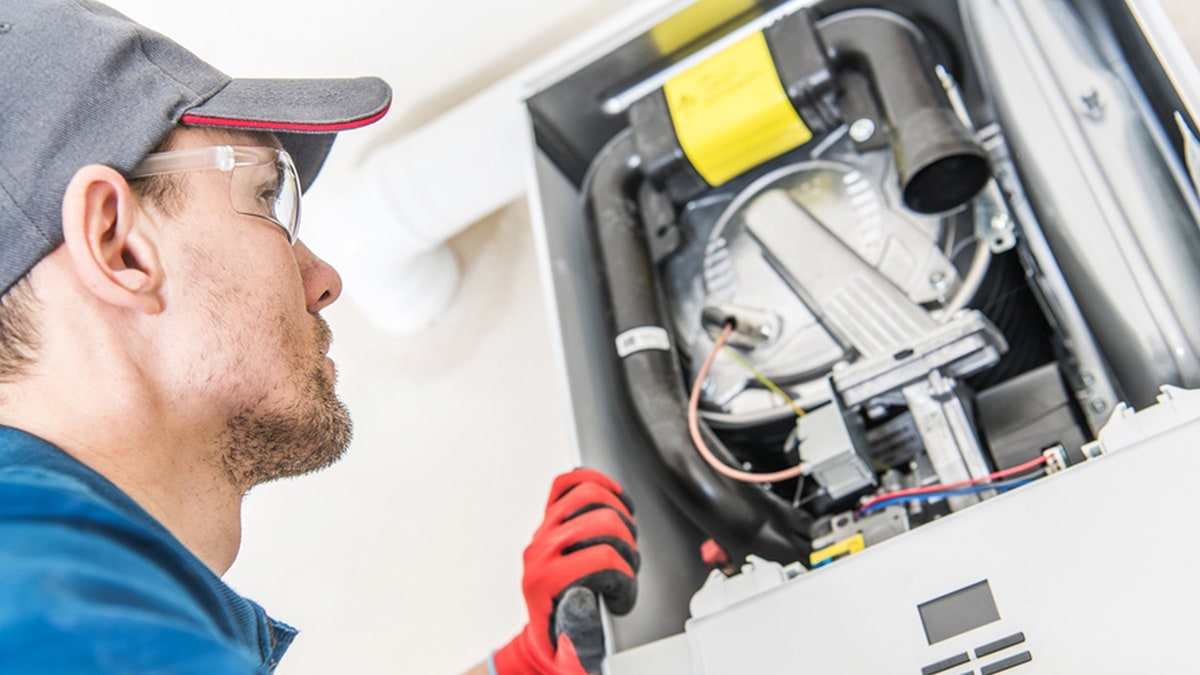
source: bostonstandardplumbing.com
The first thing that you check if your furnace is refusing to turn on is the thermostat. Is the temperature set correctly? Try changing it to a higher setting. Sometimes a thermostat can switch to a lower temperature when it’s really supposed to be on. Other common causes of your furnace turning off are pilot light outage, insufficient air supply, dirty air filter, clogged airway, or gas pressure being too low for the burner to ignite.
Take advantage of a 24-hour heating repair service
A 24-hour heating repair service will solve any heating issue you may be having. A certified technician will arrive at your door as soon as you call or contact via email to resolve your heating situation and will be there no matter what time of day, to get you and your family back to a warm environment within the same day. Book a service now!

